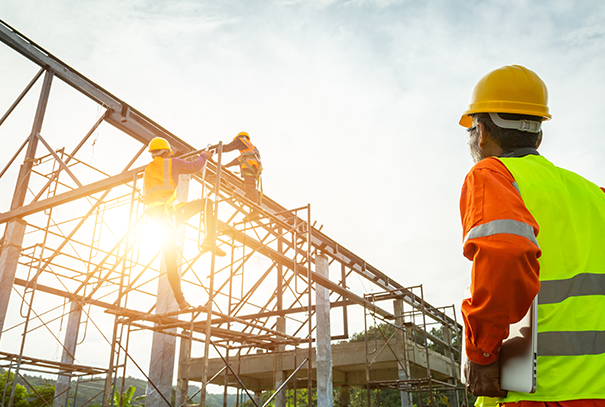
Whilst the Government haven’t mandatorily shut down construction sites, many public sector and educational establishment sites have chosen to shut down projects, to assist with the national social distancing effort. The Government could still choose to shut down the remaining sites if infection statistics don’t improve based on scientific projections.
What precautions should we take in the event of a temporary site closure? It’s important to remember this isn’t a new issue, as many sites may enjoy a cession of works during certain times of the year such as Christmas. Therefore, plans and protocols will already exist to minimise risk to construction sites; however it is acknowledged this current shut down could last longer.
Advice on Temporary Closure of Construction Sites
It would be prudent for public sector organisation in partnership with their main contractor to prepare themselves now for when either they voluntarily, or, driven by a government directive, have to temporarily close the work site.
Pre-planning considerations
- First and foremost carry out a risk assessment – that should allow you to create a `to do` as well as prioritise actions
- Consider legal and contractual implications – force majeure
- Create a closedown plan which specifically details critical areas on the site
- Establish responsibilities and key contacts
- Keep records of decisions made and to whom responsibilities are assigned to
- Review security arrangements – will more physical or overt security arrangements need to be in place with less people around on a daily basis
- Review insurance cover (either the contractors’ or your own) to ensure there are no specific requirements or conditions that need to be factored in
- Review the project’s fire prevention plan and document specific actions taken to remove, isolate and protect fuels, combustibles and flammables
When actual demobilisation commences
- Document the progress on site to date
- Ensure emergency services access plans and provisions remain in place
- Remove waste from site or secure in covered and lockable containers
- Remove or secure scaffolding to prevent access
- Inspect current temporary support works
- Establish additional temporary support works for part built structures
- Back fill or cover over excavations and ensure dewatering systems are working
- Lock anti-climb hatches on tower cranes and note the expiry date of the certificate of thorough examination
- Retain essential electrical power supplies but drain down water systems and shut off water and gas supplies
- Remove materials and plant from site back to secure depot or secure within lockable containers and buildings
- Check site fencing and repair if necessary
- Establish site security is being effective during the closure period – undertake reviews and audits
- Record contact information for key personnel and establish responsibility for site access
It is important to state that this a non-exhaustive list of actions, it represents advice and is not being imposed by your insurer. If more specific advice or guidance is needed, insurers have now started to add relevant content within CV-19 `hubs` on their websites, or you can contact your broker or direct insurer.
Would you like to talk?
For more information please contact your Gallagher representative.


